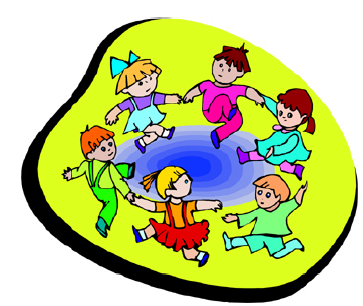What to Do and Say
- Watch for warning signs such as irritability, whining and easily frustrated.
- Stay CALM. Reflect their feelings.
- Know your child’s limits and act quickly to distract or redirect the child to a new activity.
- Use a sense of humor.
- Give the child choices to help child have control over a few things.
- If a tantrum is beginning, remove child to a quiet place.
- Seek understanding and help child express feelings with words.
- Have consistent routines and predictable schedules. Keep things simple!
- Stay close– hug or hold the child to provide a feeling of safety and security.
- During a tantrum, reassure and comfort the child with soft, calm words.
- Temper tantrums are a common behavior in children between the age of 1 and 3 years old. They are a normal part of growing up.
- Temper tantrums can range from whining and crying to screaming, kicking and hitting. Some children have more temper tantrums than others.
- Temper tantrums are most common during the second year of life when children are learning to talk. Toddlers understand more than they can express. As a child’s language skills improve, tantrums usually stop.
- Temper tantrums are more likely to occur when a child is tired or frustrated. Toddlers have limited problem-solving skills and have a hard time expressing feelings.
- Temper tantrums are a way for young children to deal with strong emotions such as anger or disappointment. A tantrum lets a child release powerful feelings and settle down.
- Toddlers can rarely stop a temper tantrum. Children need help in learning better ways to deal with strong emotions. They need to be taught new skills.
- Tantrums scare most children. Comfort and reassure a child. Let them know you love them but do not approve of behavior.

| Causes of temper tantrums |
Ideas to try |
| Child is tired, hungry or sick |
Add an extra rest time or extra snack.
Allow child a time and place to play alone.
Plan calm, quiet activities during difficult times such as the late afternoon or before nap and lunch. |
| Frustration (trying to do too hard an activity) |
Give the child more understanding and empathy. Help child learn to ask for help. “You are frustrated because you are having a hard time putting the puzzle pieces in the right places. Would you like some help?”
Redirect the child to an easier activity. Give a choice of activities at different levels of difficulty.
Provide open-ended activities such as modeling clay, blocks, sand and water play. |
| Need more adult attention or receives a strong reaction |
Help child learn positive ways to receive someone’s attention and give child attention for positive behavior. |
| Doesn’t get what she wants |
Do not give in. Stay calm. Move away and ignore if the child is not hurting self or others. Take child to a safe place. Stay near. Later talk about behavior. Teach her to use words to express feelings. |
Asked to do something he doesn’t
Want to do (pick up toys) |
Use When/Then. “When the toys are picked up, then you can go outside to play.”
Give the child a few minutes to prepare for a change in activities. “In five minutes we will need to pick up the toys, then we will go outside.”
Give the child choices. “Would you like to pick up the trucks or the blocks first?” |
| Anger |
Help the child put the feelings into words.
“Billy, you are angry because….” Watch for warning signs. Redirect child to different activity. |
Byington, T.
2006,
Giving R Best 2 Kids: Development & Behavior - Temper Tantrums,
Extension | University of Nevada, Reno, FS-06-82


